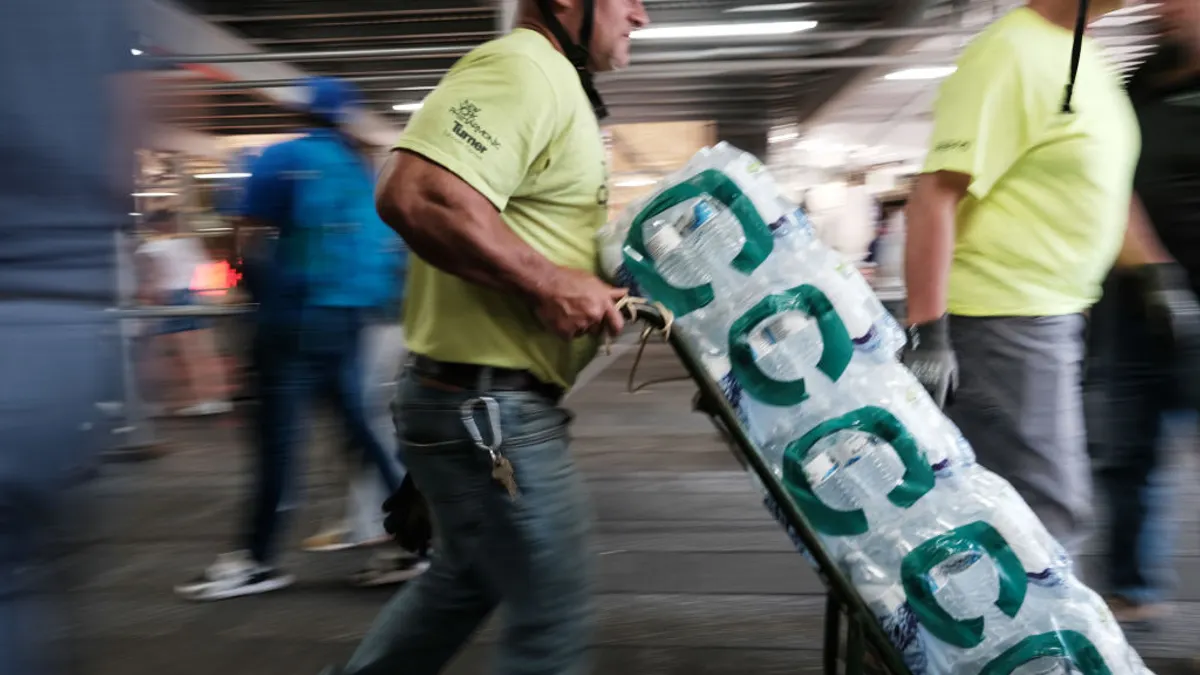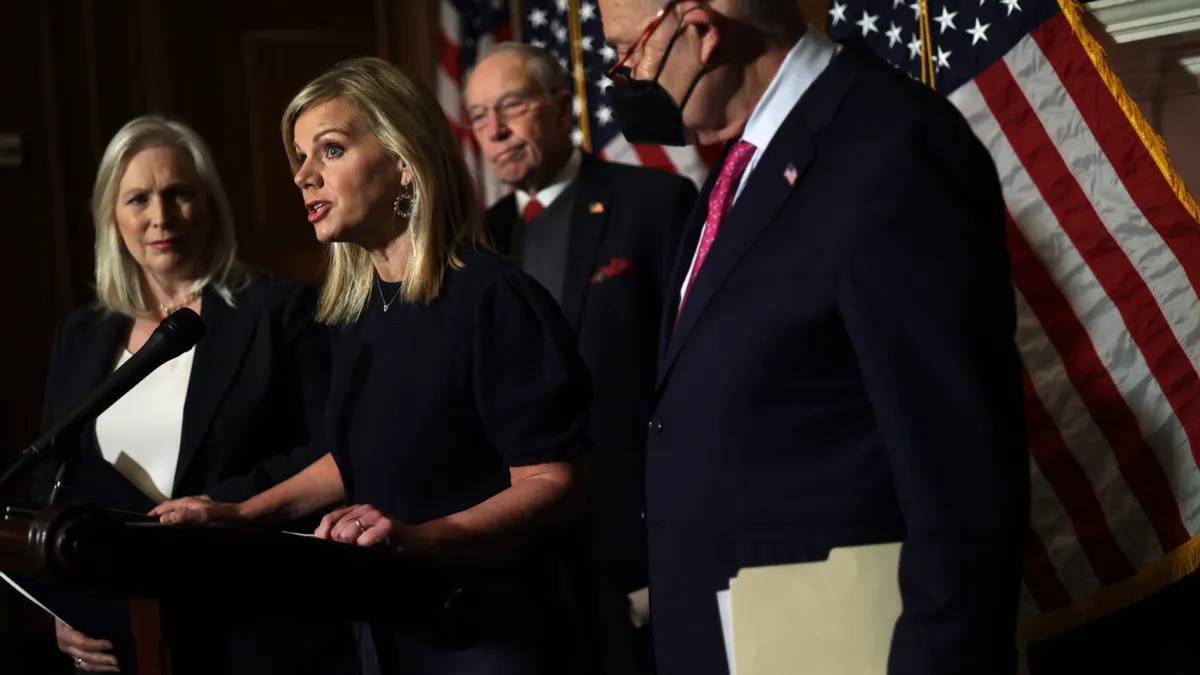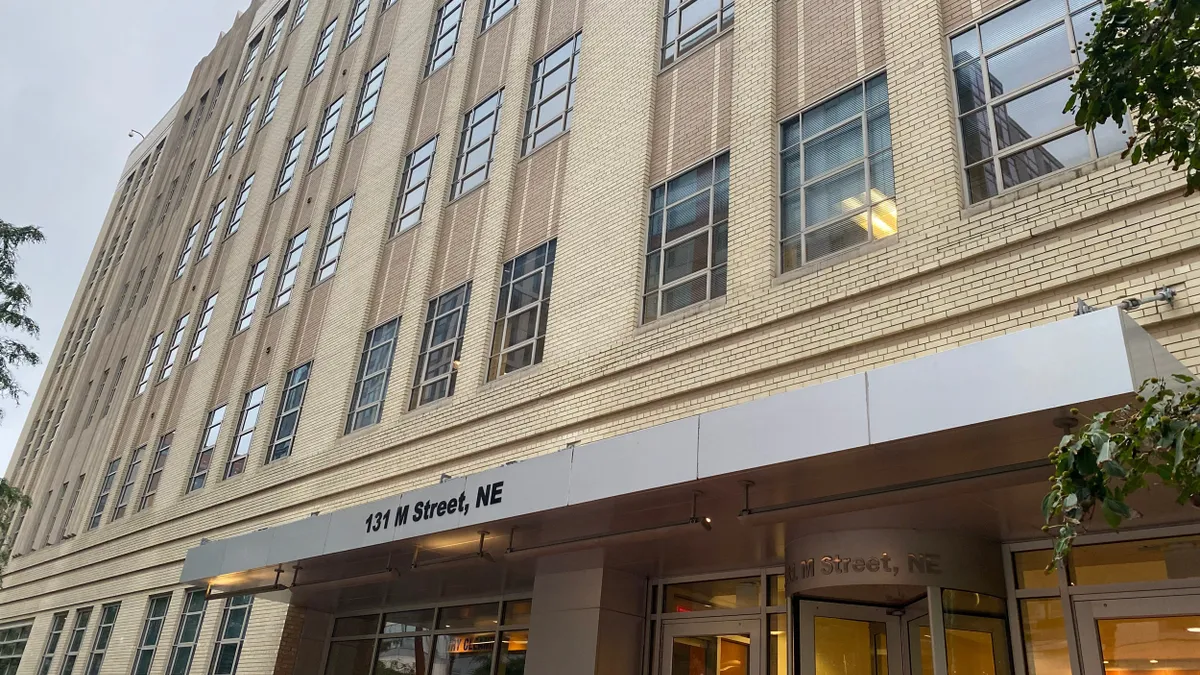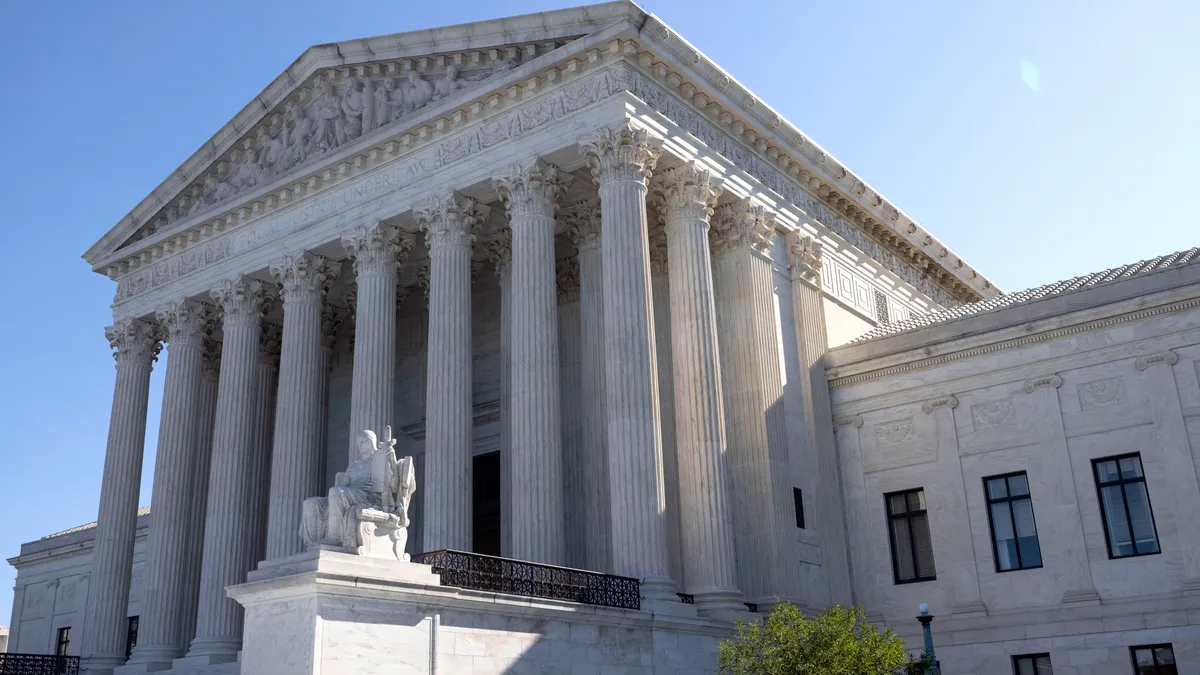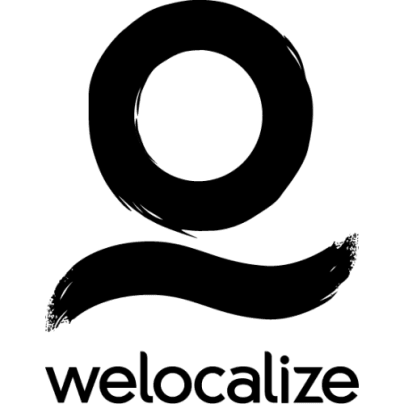Editor’s note: This is the second article in a two-part HR Dive series about the effects of climate change on worker health. Part one covered analysts’ attempts to determine the cost of extreme weather events exacerbated by climate change on employer-sponsored health plans.
Last month’s heat wave affecting large portions of the U.S.’s east, midwest and south regions illustrated in real-time the danger that climate extremes pose to workers.
At least two worker deaths were attributed to heat in June, CBS News reported, including an outdoor worker in Atlanta and a mail carrier in Dallas. Between 2011 and 2022, an average of 40 U.S. workers per year died from on-the-job heat exposure, and heat remains the country’s leading cause of death among all hazardous weather conditions, per the Occupational Safety and Health Administration.
Moreover, a changing global climate is expected to increase the frequency and intensity of certain extreme weather events like heatwaves, according to the Intergovernmental Panel on Climate Change’s recent landmark report summarizing the state of climate change knowledge.
Despite the scientific consensus on the topic, employers may fail to comprehend the link between climate change and extreme weather events, said Kristina Dahl, VP of science at the nonprofit Climate Central, in part because of the natural day-to-day variability in weather conditions.
“An employer operating a farm for 20 years might say, ‘sure, it’s hot today, but we’ve always had hot days in the summer,’ and to some extent, that’s true,” Dahl said. “But they’re becoming more frequent and more severe. It’s not always obvious what you can attribute to climate change and what’s naturally happened.”
Even so, many organizations are taking precautions to protect workers from heat and other environmental factors, she added. In a series of interviews, experts on workplace health, employment law and climate science told HR Dive how employers may develop such plans.
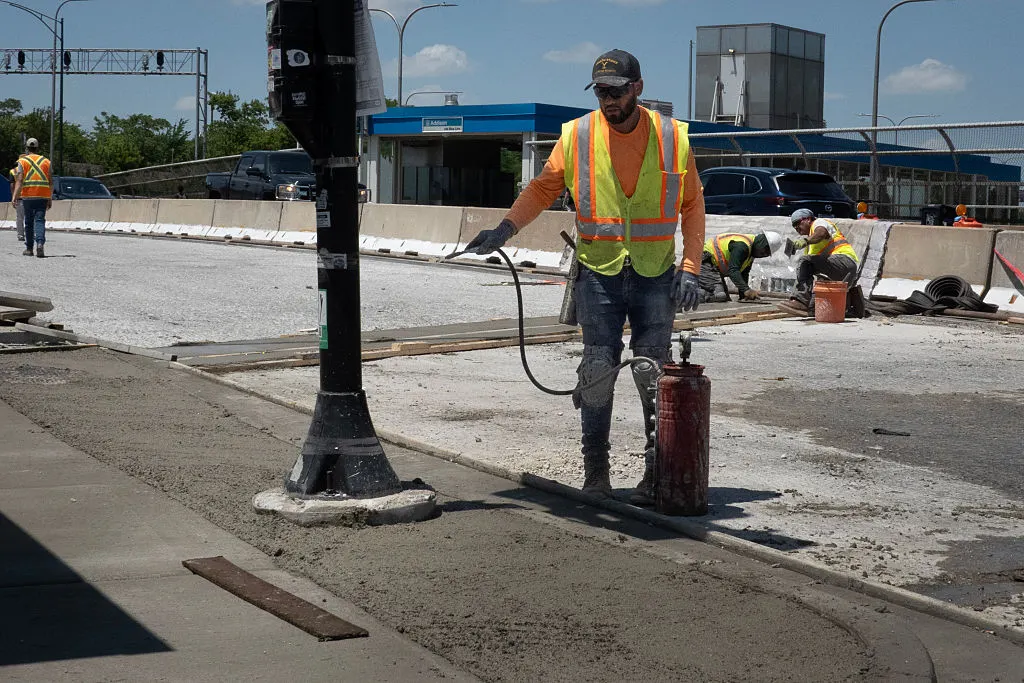
There’s more to beating heat than keeping cool
There is a long list of items for employers to consider when it comes to environmental heat precautions. Jessica Martinez, executive director of the National Council for Occupational Safety and Health, a worker advocacy group, said in an email that, at a minimum, employers should guarantee:
- Clean, potable drinking water
- Access to rest and shaded or cooled areas
- Paid breaks at regular intervals with flexibility during high heat
- Clear protocols for identifying heat illness and heat stress symptoms and encouragement of symptom reporting
- Modified work schedules during extreme heat periods, especially for new or returning workers
- Access to safety training in languages that workers speak
A handful of states have adopted heat safety standards whose coverage of different worker segments varies, and regulators at OSHA continue to mull implementation of a federal heat standard initially proposed by the Biden administration. But employers have the opportunity to implement protective measures regardless of whether they have a legal obligation to do so, Dahl said.
For example, Dahl said she has seen construction companies in states without heat standards that avoid roofing work during the hottest months of summer, while others set work schedules so employees don’t have to work in the hottest hours of the day.
“What the evidence suggests is that most heat illness or death is preventable with sufficient water, shade and rest,” Dahl said, citing a 2021 report she co-authored during her tenure as a climate scientist at the Union of Concerned Scientists. The report found that measures such as adjusting work hours to cooler periods and modifying work that required moderate physical exertion to light physical exertion “dramatically improved the amount of time and wages lost for outdoor workers,” Dahl said.
Whichever methods an employer adopts to prevent and address heat illness, it should develop a written plan — consistent with guidance published by agencies like OSHA — and ensure employees are trained on the plan so that they understand it, said Kaiser Chowdhry, partner at Morgan Lewis.
It can be difficult to formulate a one-size-fits all approach, he added, given the differences in individual workplace needs. But at the end of the day, “your obligation as an employer is to protect your employees,” Chowdhry said. He noted that employers might consider going above and beyond some best practices and recommendations on items such as how often employees can take breaks to ensure they are protected as much as possible.
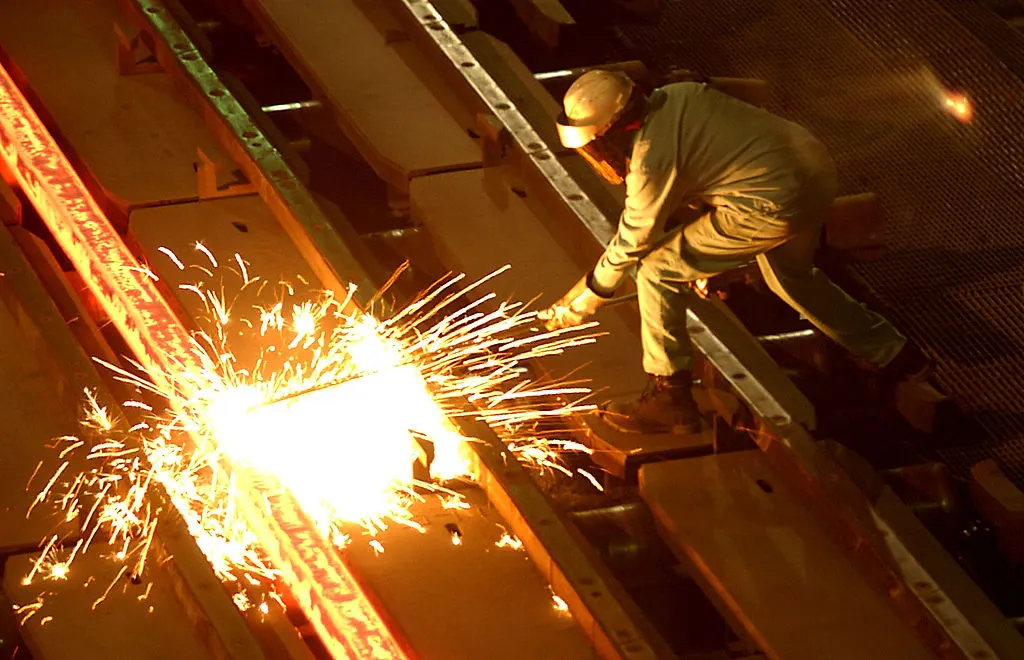
Employee perspectives are crucial
Employers should allow workers to take the lead in health and safety planning, “because workers know the job best and understand what works,” Martinez said. She added that heat-related illnesses should be thought of as “systemic failures that require collective, preventative action” rather than individual incidents.
To that end, Martinez said employers should consider providing access to spaces in which people can raise concerns and propose policy changes, such as worker-led safety committees. It’s on HR teams, she noted, to normalize and reward reporting of things like heat-related hazards and illness symptoms.
“A workplace that discourages reporting is one where suffering is hidden, and that’s not sustainable for anyone,” Martinez said.
Dahl similarly recommended involving worker groups directly in the planning process. She pointed to the case of the United Steelworkers union, which has advocated for the inclusion of protections in contracts, including heat-absorbing shields, insulation of hot surfaces and installment of ventilation systems to protect workers from heat as well as airborne hazards.
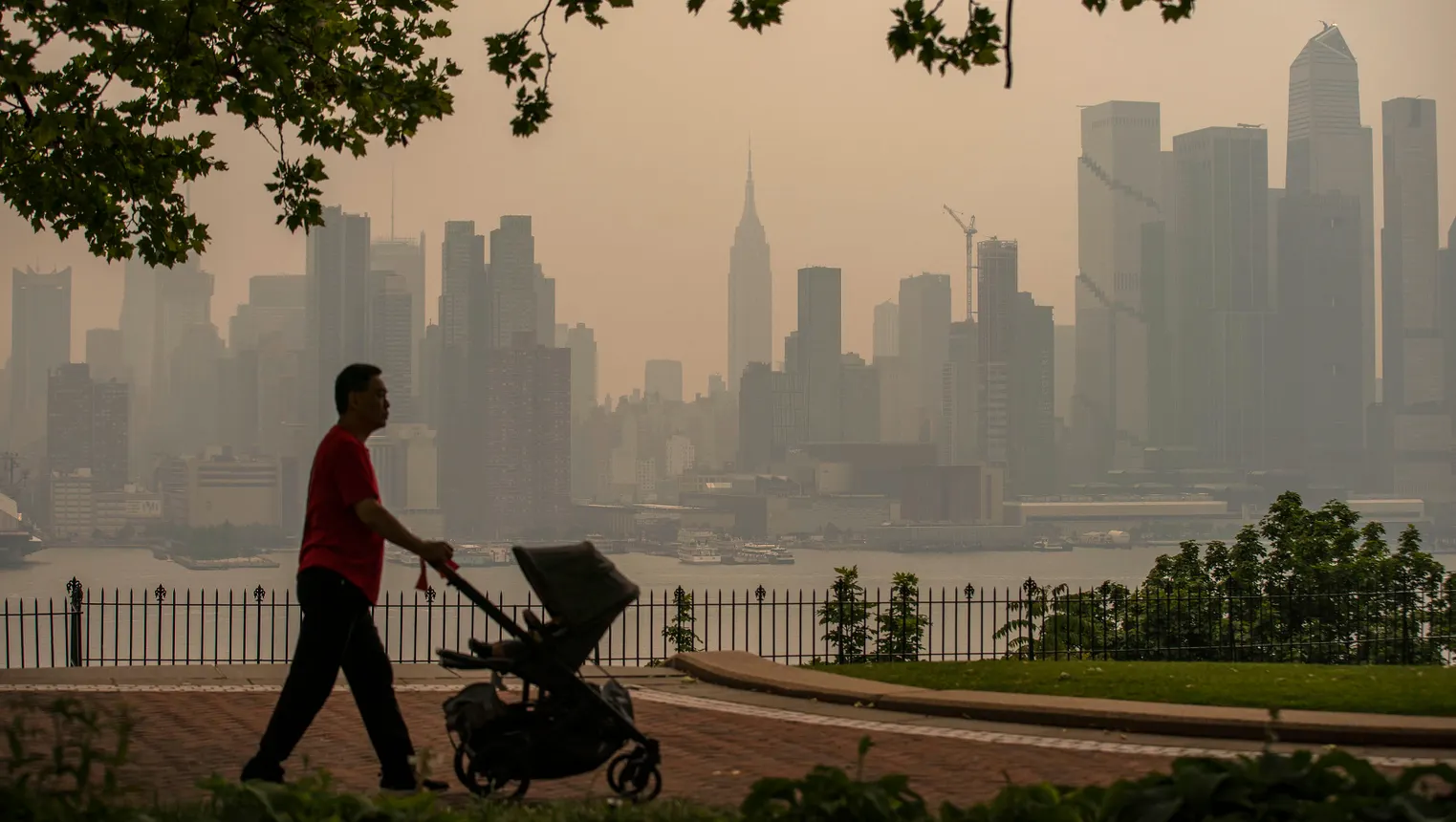
Climate plans should account for multiple risks
Aside from heat, climate change is expected to increase the frequency of other extreme weather events, including wildfires, hurricanes and floods, according to the IPCC report. Employers can educate their workforces about climate-related issues and include instructions on how employees can protect themselves and their health in each given scenario, Ellen Kelsay, president and CEO of the Business Group on Health, said in an email.
“Already, in some locations that are more vulnerable to climate change impacts, some employers offer protective kits, which contain items such as air filtration systems, face masks and water filters,” she continued. “Other approaches include employers forming support groups, providing mental health services to those in need and offering support for displaced individuals.”
Following the 2024 Atlantic hurricane season, sources who previously spoke to HR Dive recommended having plans in place to rapidly check in with potentially affected employees and ensure they are prepared to evacuate or find emergency support, if needed.
"The solution isn’t more corporate wellness programs. It’s real, enforceable protections."

Jessica Martinez
Executive Director, National Council for Occupational Safety and Health
Similarly, in the aftermath of 2023’s wildfires in the U.S. and Canada, the National COSH recommended employees and employers regularly monitor the Environmental Protection Agency’s air quality index reports. The organization also advised businesses to take precautions in the event of elevated air quality-related health risks, such as rescheduling planned work — especially strenuous, outdoor work — and installing ventilation systems and air filters to remove smoke particulates.
Kelsay said organizations also can more broadly commit to corporate social responsibility and environmental sustainability by, for example, reducing carbon footprint, shifting to renewable energy sources and creating green spaces and shaded areas for outdoor workers.
An emerging issue, though, is that HR leaders may not understand the need to be present in discussions about safety, risk management and sustainability, said Tracy Watts, senior partner and national leader for U.S. health policy at consulting firm Mercer.
“That’s kind of step No. 1,” Watts said —“just being a part of the discussion and part of the team so that your organization is thinking about these weather disasters very holistically."
Employers can formulate a broad climate risk plan by first assessing which disasters their workforces are most at risk of encountering, she continued. From there, plans should cover each stage of the process, including before, during and after a disaster, and which communications processes and emergency resources are available at each step.
HR also must understand that while climate-risk mitigation may cut into a business’ bottom line, employee safety has to be elevated above such concerns, Martinez said. She added that HR teams play a central role in not just ensuring protections are enforced, but also in advocating for paid leave and other solutions that could provide needed assistance.
“The problem isn’t just the heat, it's the structure that prioritizes profit at all costs,” Martinez said. “When production goals are valued more than people’s lives, workers are pushed to keep going in dangerous conditions. The solution isn’t more corporate wellness programs. It’s real, enforceable protections.”



